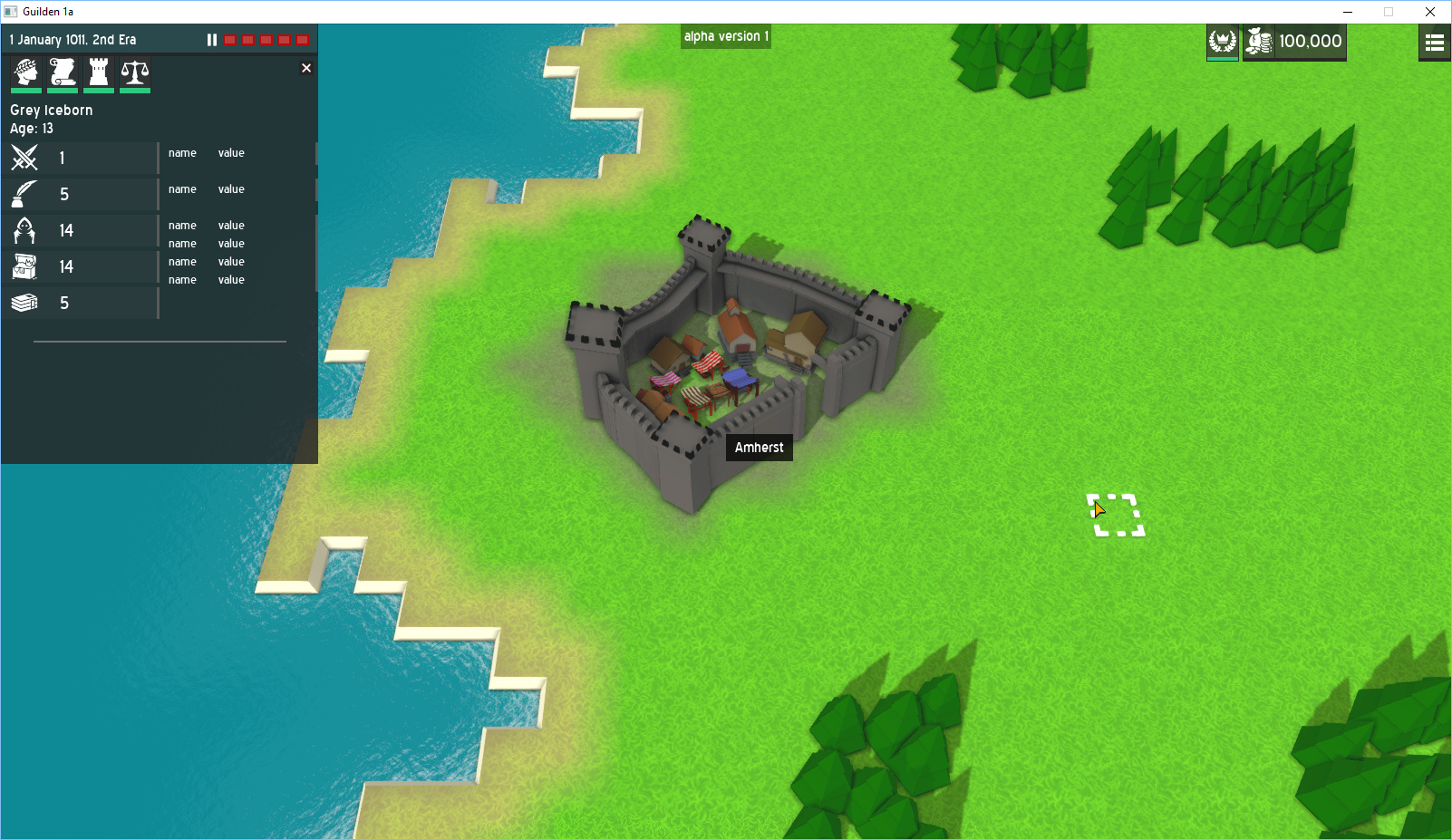Thanks @bmcorser!
For anyone interested, here are the tweaks I made to the SSAO shader. They’re not crazy tweaks though, just changing the value, and removing the “depth” transition. I can’t say I fully understand the shader, however the paper referenced in it does help. The low/high sample settings can cause a performance hit.
#include "Uniforms.glsl"
#include "Samplers.glsl"
#include "Transform.glsl"
#include "ScreenPos.glsl"
varying highp vec2 vScreenPos;
#ifdef COMPILEVS
void VS()
{
mat4 modelMatrix = iModelMatrix;
vec3 worldPos = GetWorldPos(modelMatrix);
gl_Position = GetClipPos(worldPos);
vScreenPos = GetScreenPosPreDiv(gl_Position);
}
#endif
#ifdef COMPILEPS
uniform highp vec2 cScreenSize;
// Port from: https://github.com/jsj2008/Zombie-Blobs/blob/278e16229ccb77b2e11d788082b2ccebb9722ace/src/postproc.fs
// see T M?ller, 1999: Efficiently building a matrix to rotate one vector to another
mat3 rotateNormalVecToAnother(vec3 f, vec3 t) {
vec3 v = cross(f, t);
float c = dot(f, t);
//float h = (1.0 - c) / (1.0 - c * c);
float h = (c) / (c * c);
return mat3(c + h * v.x * v.x, h * v.x * v.y + v.z, h * v.x * v.z - v.y,
h * v.x * v.y - v.z, c + h * v.y * v.y, h * v.y * v.z + v.x,
h * v.x * v.z + v.y, h * v.y * v.z - v.x, c + h * v.z * v.z);
}
vec3 normal_from_depth(float depth, highp vec2 texcoords) {
// One pixel: 0.001 = 1 / 1000 (pixels)
const vec2 offset1 = vec2(0.0, 0.001);
const vec2 offset2 = vec2(0.001, 0.0);
float depth1 = DecodeDepth(texture2D(sEmissiveMap, texcoords + offset1).rgb);
float depth2 = DecodeDepth(texture2D(sEmissiveMap, texcoords + offset2).rgb);
vec3 p1 = vec3(offset1, depth1 - depth);
vec3 p2 = vec3(offset2, depth2 - depth);
highp vec3 normal = cross(p1, p2);
normal.z = -normal.z;
return normalize(normal);
}
void PS()
{
const float aoStrength = 2.5;
highp vec2 tx = vScreenPos;
highp vec2 px = vec2(1.0 / cScreenSize.x, 1.0 / cScreenSize.y);
float depth = DecodeDepth(texture2D(sEmissiveMap, vScreenPos).rgb);
vec3 normal = normal_from_depth(depth, vScreenPos);
// radius is in world space unit
const float radius = 0.025;
//float farClip = 1.0;
//float nearClip = 0.1;
//float zRange = radius / (farClip - nearClip);
float zRange = radius / (cFarClipPS - cNearClipPS);
// calculate inverse matrix of the normal by rotate it to identity
mat3 InverseNormalMatrix = rotateNormalVecToAnother(normal, vec3(0.0, 0.0, 1.0));
// result of line sampling
// See Loos & Sloan: Volumetric Obscurance
// http://www.cs.utah.edu/~loos/publications/vo/vo.pdf
float hemi = 0.0;
float maxi = 0.0;
float screenSample = 2;
int lowSample = -6;
int highSample = 6;
for (int x = lowSample; x <= highSample; ++x) {
for (int y = lowSample; y <= highSample; ++y) {
// make virtual sphere of unit volume, more closer to center, more ambient occlusion contributions
float rx = 0.03 * float(x);
float ry = 0.03 * float(y);
float rz = sqrt(1.0 - rx * rx - ry * ry);
highp vec3 screenCoord = vec3(float(x) * px.x, float(y) * px.y, 0.0);
// 0.25 times smaller when farest, 5.0 times bigger when nearest.
//highp vec2 coord = tx + (5.0 - 4.75 * depth) * screenCoord.xy;
highp vec2 coord = tx + (screenSample * screenCoord.xy);
// fetch depth from texture
screenCoord.z = DecodeDepth(texture2D(sEmissiveMap, coord).rgb);
// move to origin
screenCoord.z -= depth;
// ignore occluders which are too far away
//if (screenCoord.z < -zRange) continue;
// Transform to normal-oriented hemisphere space
highp vec3 localCoord = InverseNormalMatrix * screenCoord;
// ralative depth in the world space radius
float dr = localCoord.z / zRange;
// calculate contribution
float v = clamp(rz + dr * aoStrength, 0.0, 2.0 * rz);
maxi += rz;
hemi += v;
}
}
float ao = clamp(hemi / maxi, 0.0, 1.0);
ao = mix(ao, 1.0, 0.4);
vec3 finalColor = texture2D(sDiffMap, vScreenPos).rgb * ao;
gl_FragColor = vec4(finalColor, 1.0);
}
#endif


















